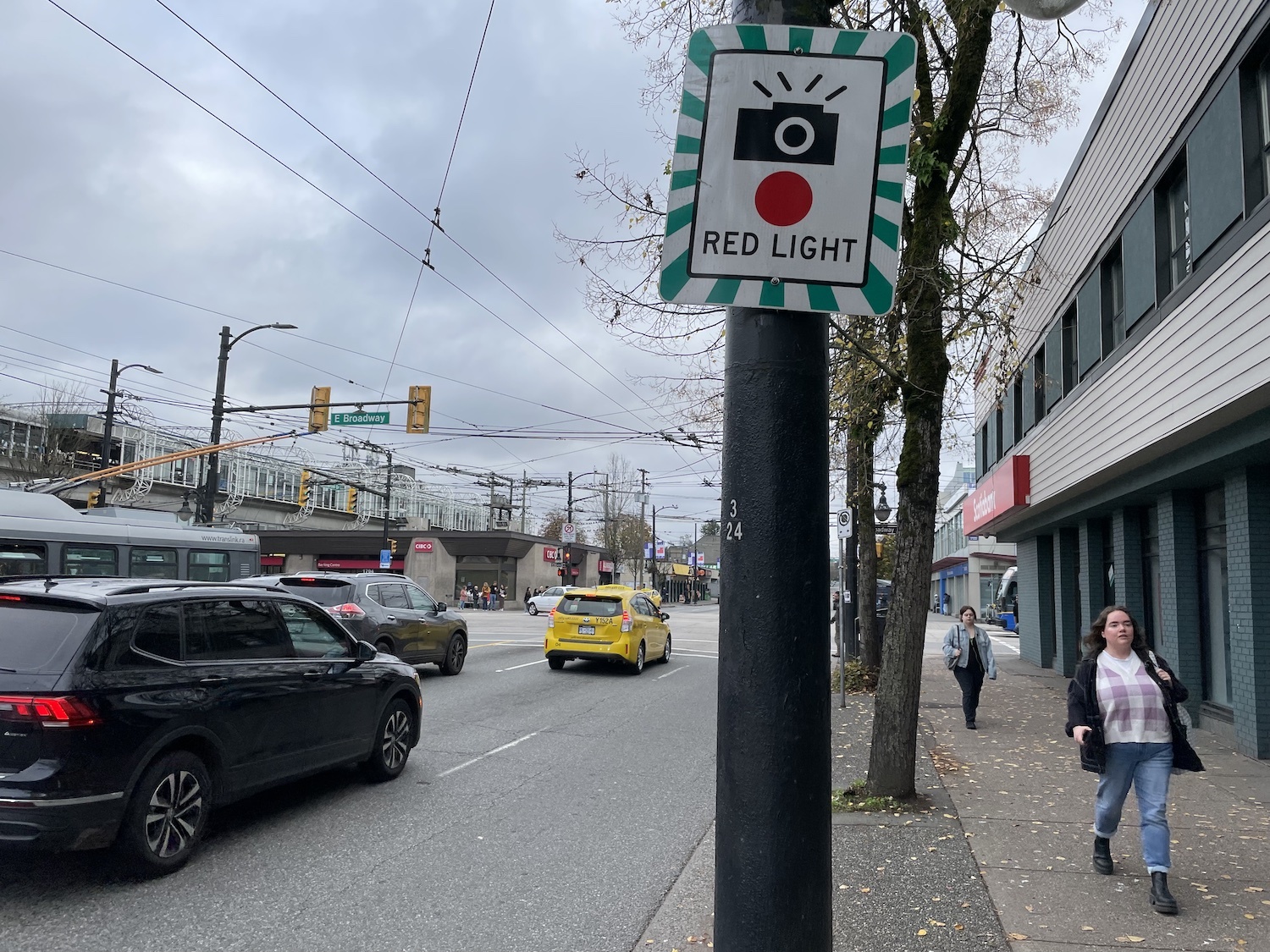- cross-posted to:
- britishcolumbia@lemmy.ca
- cross-posted to:
- britishcolumbia@lemmy.ca
Hello Vancouverites, you may have heard about an upcoming motion in Vancouver council that calls for the installation of speed and red light cameras at more of the city’s high-crash intersections. On average there are 22 car crashes resulting in death/injury in the city every day. This is a public safety and public health crisis, and automated enforcement with speed and red light cameras is an effective and efficient way to make roads safer.
The motion will be considered on Wednesday, November 1st. You can help by expressing support either by emailing or speaking to council. Here’s our guide for doing so: https://visionzerovancouver.ca/intersection-safety-cameras/
Thank you for taking action for safer streets. Share the page and encourage other people you know to do the same!



Where? Seriously, all research I came in contact with shows they are effective in changing driver behaviour long-term.
EDIT: Found this https://www.sciencedirect.com/science/article/abs/pii/S0001457513000572?via%3Dihub
But also from the same study:
So my understanding is that it’s even more effective when it’s not signposted (which is even more of a cash grab?), and although it increases rear-ends, it decreases injury crashes. That’s a net positive to me.
Also lots of studies referenced here: https://www.iihs.org/topics/red-light-running#effectiveness-of-cameras
And the conclusion: